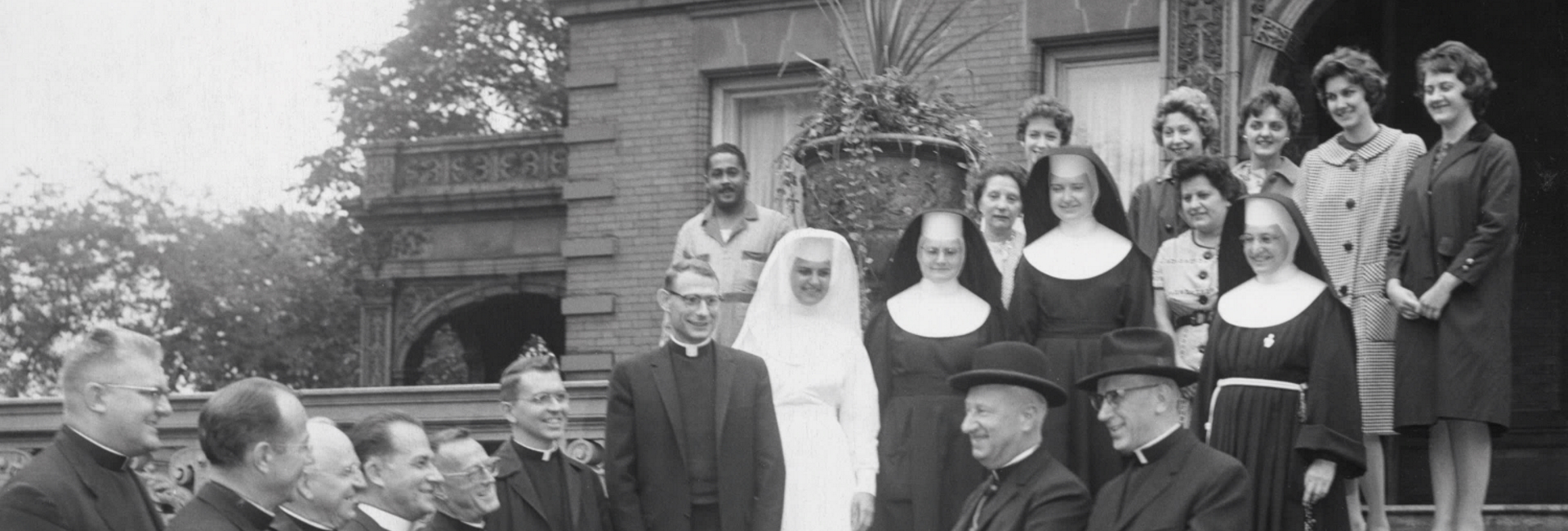By Pabst Mansion
The remaining members of the Pabst family were left with a tough decision following the death of Captain and Mrs. Pabst at the beginning of the twentieth century. The Pabst children all already had homes for their families and left it to be acquired by another wealthy buyer. However, they had not received any attractive offers, and nobody seemed interested in acquiring the historic property since most of Milwaukee’s elite had moved towards large apartments and mansions along Lake Michigan. It was not until 1908 that they found a buyer that had a mutual interest in the home. The Roman Catholic Archdiocese of Milwaukee was looking for a new residence for their archbishop, Sebastion Messmer. The Archdiocese of Milwaukee was set on this building because it was newer (built just sixteen years prior to their purchase), had enough room for the archbishop and his staff, and offered ample office space for the new owners. The deal was finally sealed in July of 1908 with the building and a parcel of land selling for $97,000. This worked out well for both parties as the Archbishop was able to obtain one of the superior residences in the city for a low price and the Pabsts were finally able to get rid of a property that had not attracted much interest over the past few years. The furniture of the parlor, the music room, and the dining room were included as well as the original carpets and drapes. Upon his first arrival at his new residence, even Archbishop Messmer was astounded by the size and luxury of the Pabsts’ old home.
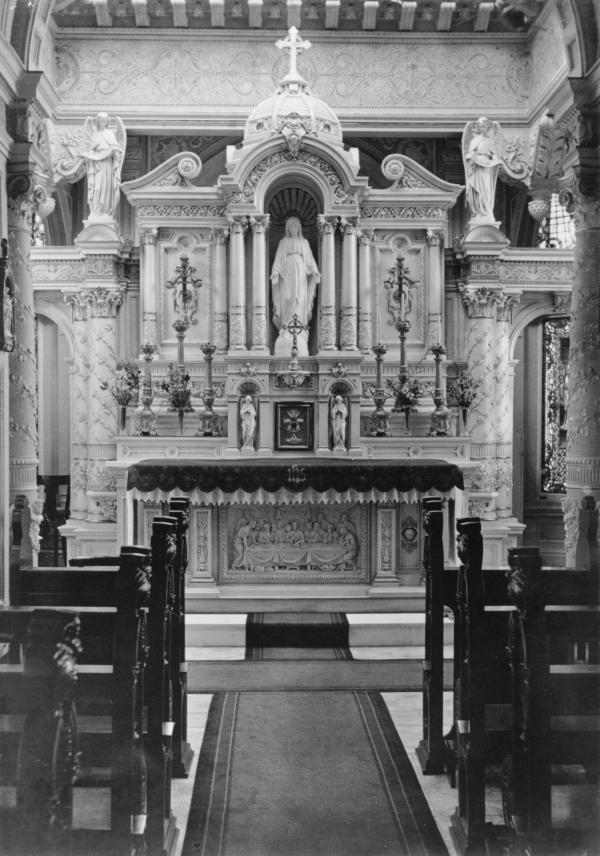
The pavilion of the Pabst Mansion after it was converted for use as a private chapel for the archbishop
With new owners came new alterations. The carriage house was transformed into the chancery offices where meetings and the business of the archdiocese took place. The greenhouse located behind the mansion was taken down and converted into a garage for automobiles and a new boiler room in the spring of 1910. The pavilion on the east side of the building was remodeled into a chapel as decided by Reverend Traut. Several modifications were made to complete the process: the exterior, stairs, and railings were removed from the original design so that the only entrance was from the dining room. Stained glass panels and an alter were placed in the chapel to give the room a religious aesthetic. Although the archdiocese made their own changes to the mansion to fit their needs, their ownership of the mansion provided its safety for the coming years from being transformed into an apartment complex or office space, or even demolition.
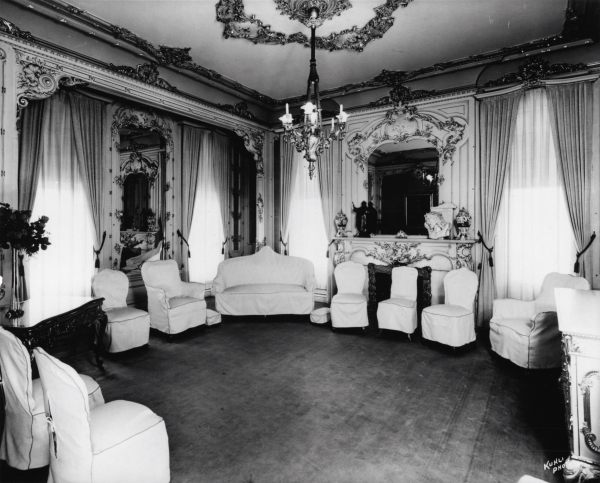
Mrs. Pabst’s Parlor with slipcovers used to update the furniture in the mid-1930s
Another figure that made several changes to the original mansion was Archbishop William Edward Cousins, who was inducted as Milwaukee’s archbishop in 1958. He was the last of the archbishops to live in and serve from the Pabst Mansion. During his tenure, every room in the mansion was modified from painting walls, removing the antler chandelier from the reception hall, and installing new carpets and drapes on the first and second floors. Amusingly, outlets were installed in the dining room table for the archbishop’s consistent use of a toaster and a coffee percolator. The third floor that was utilized as the Sisters of Saint Francis’ living quarters was also upgraded. Before, the rooms were a cell-like open space. At this time, metal rods and drapes were added to delineate separate bedrooms for their privacy and comfort.
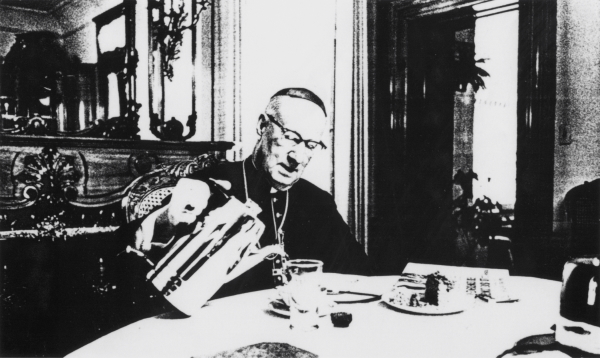
Archbishop Cousins using his handy tableside perculator
It was not until the 1970s that the Archdiocese of Milwaukee no longer felt that the Pabst Mansion was a suitable location for their purposes, as the Archbishop’s residence was now located in between office buildings and a hotel. No longer able to handle business and home in the same location, their chancery offices had already been relocated to a newer building. Gas and electric costs at the Mansion were also starting to add up in the middle of an energy crisis, not to mention faulty issues being another concern. As a result, after 67 years the house was again put up for sale in 1974.
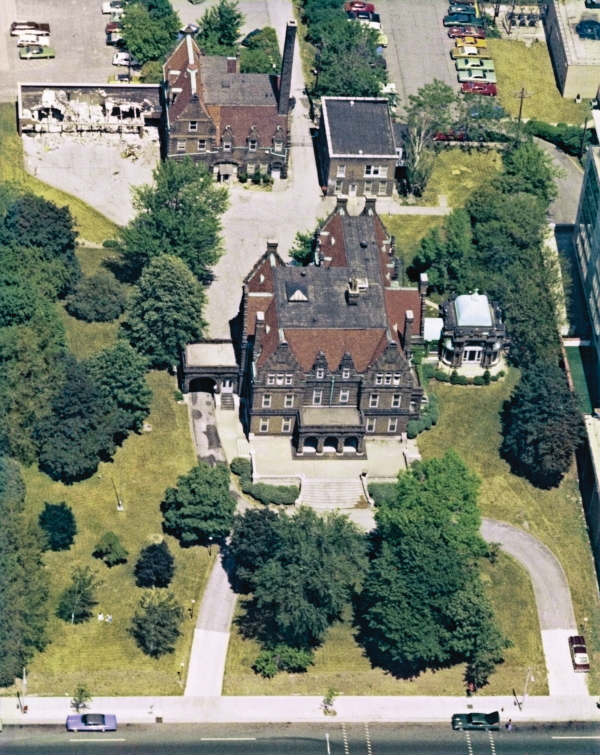
Aerial view of the Pabst Mansion during the time when the garage was being razed, but with the carriage and boiler houses were still intact
With a fervent interest in saving the home from a fate met by so many others on the former Grand Avenue, Florence Schroeder and the Wisconsin Heritages, Inc. (WHI) quickly acted to add the Pabst Mansion to the National Register of Historic Places. This, however, did not stop the selling of the mansion to Nathan Rakita, a buyer whose only interest was tearing down the historic building to turn it into a parking lot for his neighboring Carriage House Inn. It was not until John Conlan stepped in that the mansion was saved from destruction. He worked out a deal to purchase the building and in exchange let Rakita keep the north end of the property and destroy the carriage house. He then was nice enough to lease it back to the ownership of WHI, which is now known today as Pabst Mansion, Inc.
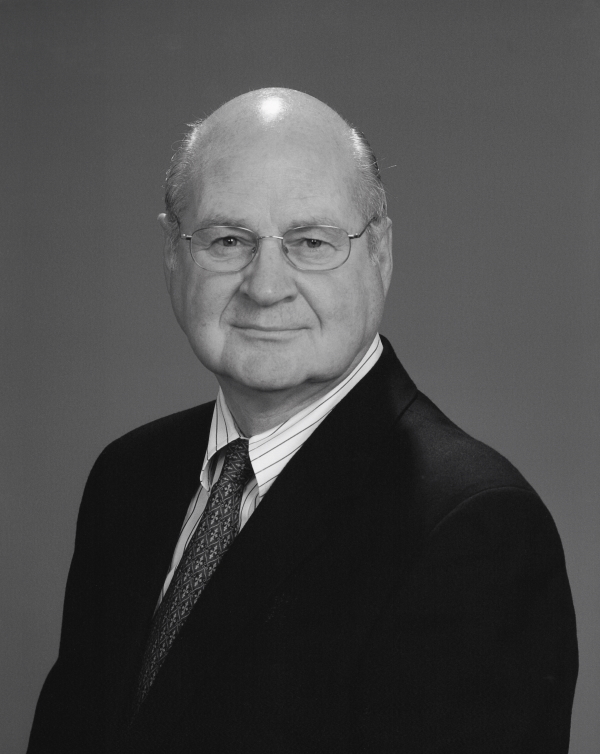
John Conlan
Overall, the Archdiocese of Milwaukee made significant changes to the Pabst Mansion. While their sale of the property almost led the to its destruction by agreeing to sell it to the highest bidder, they did take good care of the residence for over 67 years. More action needs to be taken to preserve historic locations like this one that could have been easily demolished in the mid-1970s. It is hard to imagine this city without the Pabst Mansion.
Written by Will McClure

